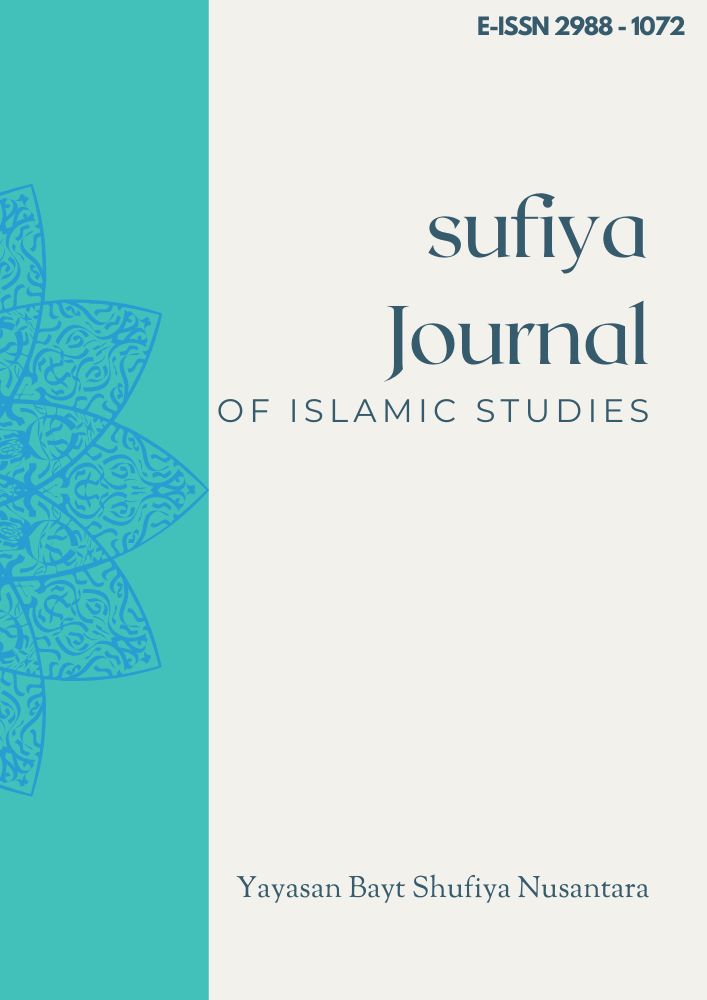Analysis of Sarcasm in Social Media Tweets Semantic Perspective
Keywords:
Semantics, Social Media, SarcasmAbstract
This study investigates the phenomenon of sarcasm in social media, particularly on Twitter, through a semantic and ethnographic lens. The aim is to explore how semantic cues—such as lexical choices, tone, and context—help users recognize sarcastic intent in written digital communication. Employing an ethnographic research design, this study observes linguistic behavior in natural online settings by collecting primary data from selected sarcastic tweets and secondary data from related linguistic and communication studies. Data were gathered using purposive sampling of tweets that explicitly exhibit sarcastic language, followed by contextual observation and discourse analysis. The findings indicate that sarcasm on Twitter commonly relies on exaggerated positivity used in negative or frustrating contexts, lexical contrast, ironic tone, and punctuation cues such as exclamation marks or quotation marks. These patterns are often used to signal meaning that contradicts the surface expression. The study highlights that understanding sarcasm requires more than decoding words—it demands cultural, contextual, and pragmatic awareness. The ethnographic approach provides insight into how online communities use shared knowledge and social cues to interpret sarcastic content. This research emphasizes the need for language sensitivity in digital communication to reduce misinterpretation and foster more effective online interaction.
References
Alaramma, S. K., Habu, A. A., Ya’u, B. I., & Madaki, A. G. (2023). Sentiment analysis of sarcasm detection in social media. Gadau Journal of Pure and Allied Sciences, 2(1), 76–82. https://doi.org/10.54117/gjpas.v2i1.72 gadaufos.com
Chaudhary, S., & Kakkar, M. (2021). Sarcasm detection technique on Twitter data with natural language processing. In S. Tiwari et al. (Eds.), Proceedings of the International Conference on Big Data, Machine Learning and Their Applications (pp. 223–234). Springer. https://doi.org/10.1007/978-981-15-8377-3_24 SpringerLink+1gadaufos.com+1
Hernández Farías, D. I., Sulis, E., Patti, V., Ruffo, G., & Bosco, C. (2015). ValenTo: Sentiment analysis of figurative language tweets with irony and sarcasm. In Proceedings of SemEval 2015 (pp. 694–698). ACL. https://doi.org/10.18653/v1/S15-2117 aclanthology.org+1SpringerLink+1
Joshi, A., Sharma, V., & Bhattacharyya, P. (2017). Harnessing context incongruity for sarcasm detection. In Proceedings of ACL IJCNLP (pp. 757–762). https://doi.org/10.18653/v1/P17-1134 (available in ACL Anthology)
Kader, F. B., Nujat, N. H., Sogir, T. B., Kabir, M., & Hasan, H. (2022). Computational sarcasm analysis on social media: A systematic review. arXiv Preprint. https://doi.org/10.48550/arXiv.2209.06170 arXiv
Pant, K., & Dadu, T. (2020). Sarcasm detection using context separators in online discourse. arXiv Preprint. https://doi.org/10.48550/arXiv.2006.00850 arXiv
Tungthamthiti, P., Shirai, K., & Mohd, M. (2016). Recognition of sarcasm in microblogging based on sentiment analysis and coherence identification. Journal of Natural Language Processing, 23(5), 383–405. https://doi.org/10.5715/jnlp.23.383 J-STAGE+1J-STAGE+1
Tungthamthiti, P., Shirai, K., & Mohd, M. (2017). Recognition of sarcasm in microblogging based on sentiment analysis and coherence identification. Information and Media Technologies, 12, 80–102. https://doi.org/10.11185/imt.12.80 J-STAGE+1J-STAGE+1
Wiguna, B. S., Hudiyanti, C. V., Rausanfita, A. A., & Arifin, A. Z. (2021). Sarcasm detection engine for Twitter sentiment analysis using textual and emoji feature. Jurnal Ilmu Komputer dan Informasi, 14(1), 1–8. https://doi.org/10.21609/jiki.v14i1.812 jiki.cs.ui.ac.id
Yunitasari, Y., Musdholifah, A., & Sari, A. K. (2019). Sarcasm detection for sentiment analysis in Indonesian tweets. Indonesian Journal of Computing and Cybernetics Systems, 13(1), 1–12. https://doi.org/10.22146/ijccs.41136 Jurnal Universitas Gadjah Mada
Downloads
Published
How to Cite
Issue
Section
License
Copyright (c) 2025 Leony Sitorus, Bernieke Anggita Ristia Damanik

This work is licensed under a Creative Commons Attribution-ShareAlike 4.0 International License.














